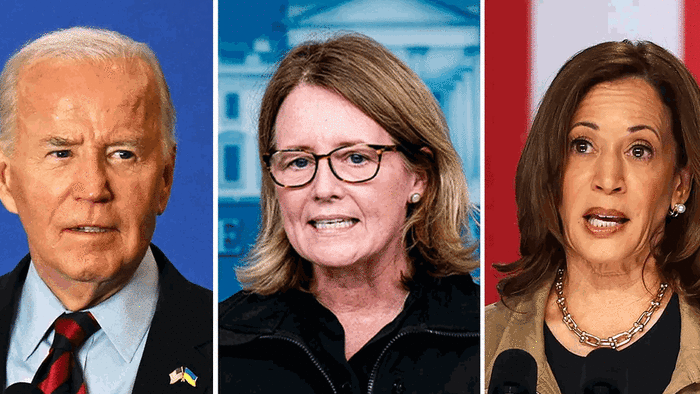The Federal Emergency Management Agency (FEMA), a key player in disaster response, has recently come under scrutiny for prioritizing diversity, equity, and inclusion (DEI) initiatives over the immediate needs of disaster victims. In the wake of Hurricane Helene’s aftermath in North Carolina and Tennessee, it appears that FEMA’s attention has shifted from its fundamental mission of relief and support to a strategic plan that emphasizes equity in its operations. The agency’s 2022-2026 strategic plan articulates a commitment to enhancing equity across its programs, leading community resilience efforts related to climate change, and bolstering the emergency management workforce. This shift in focus has raised concerns about whether the agency is effectively addressing the urgent needs of those affected by disasters.
Supporters of FEMA’s new direction argue that it reflects a necessary acknowledgment of the diversity among disaster victims and the unique challenges faced by marginalized groups. For instance, discussions during FEMA’s disaster preparedness meetings have highlighted the disproportionate impact of disasters on LGBTQIA individuals, thus underpinning the agency’s commitment to prioritizing equity. However, this approach raises questions about the allocation of resources and whether the emphasis on equity may detract from the overall goal of providing effective disaster relief for the greater population.
A stark illustration of this shift can be found in FEMA’s recently released document, “Equity in Disaster Relief – Achieving Equitable Recovery: A Post Disaster Guide.” This document articulates aims to ensure an equitable distribution of aid, suggesting a potential departure from a more traditional focus on maximizing assistance to the largest number of people affected. The implications of this strategy have concerned both flood victims and local volunteers, who have reported frustrations over FEMA’s alleged interference in the distribution of essential private aid during crises. Such reports highlight a disconnect between FEMA’s strategic priorities and the immediate needs of those struggling to recover from disaster.
Vice President Kamala Harris’s comments on equitable distribution appear to reinforce these concerns, as they signal a commitment to a model where the focus on fairness might overshadow the urgency of disaster relief efforts. Victims and volunteers on the ground have reported instances where FEMA is perceived to be blocking aid efforts, leading to accusations that the agency is trying to commandeer donations intended for disaster relief. This perception has become a topic of significant contention, revealing a rift between institutional goals and grassroots needs during moments of crisis.
FEMA Administrator Deanne Criswell has defended the agency’s strategic alignment with DEI initiatives, drawing parallels to the beleaguered legacy of past emergency response leadership. Just as other agencies have faced backlash for prioritizing social agenda over operational effectiveness, FEMA’s current stance raises questions regarding its commitment to the essential functions it was established to fulfill. Critics argue that the agency should refocus on the fundamental needs of disaster victims—providing food, shelter, and care—rather than on promoting ideologically driven objectives that may not directly contribute to effective disaster management.
Ultimately, the tension between FEMA’s strategic vision of equity and the immediate needs arising from disasters like Hurricane Helene underscores a complex dilemma in emergency management. While the goals of inclusivity and representation in recovery efforts are vital, the necessity of ensuring that all affected individuals receive timely and adequate support cannot be understated. As FEMA navigates this challenging landscape, it must strive to balance its commitment to equity with its fundamental mission of disaster relief, ensuring that the agency does not lose sight of its primary purpose in the process.

